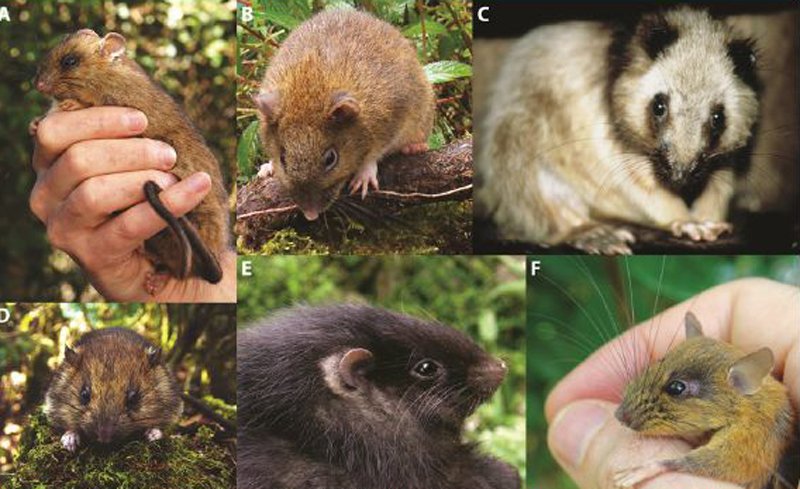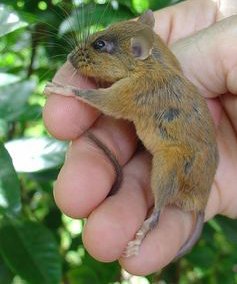If your holidays revolve around the wilderness and seeing wildlife – then scientists have discovered what could be the answer to your prayers. New research has revealed the island with the single largest number of unique animal species in the world, with 52 different species that can be found nowhere else on earth.
The location for this Aladdin’s cave of biodiversity is Luzon, the largest island in the Philippines, according to a research team that has been exploring it for fifteen years.
They discovered that there were 56 species of non-flying mammal on the island, the vast majority of which are absolutely unique.
Of the 56 mammals on Luzon, half were discovered over the course of the research project … meaning there could still be undiscovered species out there.

Professor Scott Steppan said: “It’s become clear that Luzon island has exceptional diversity and the greatest concentration of mammal diversity, I’d say on the planet.”
The island is around 40,000 square miles and its unique wildlife has evolved in isolation from the mainland. Part of the reason for the vast biodiversity is the fact that it is tropical but also very mountainous.
In Cuba, which is roughly the same size, there are 15 non-flying mammals, most of which are native to the island. And in the state of Florida, there are 39 non-flying land mammals, but only one that is unique to the state.
The mountain tops form what the scientists called “sky islands”, which are totally distinct from the habitats found elsewhere on the island.

That has meant the evolution of for instance four separate species of tiny tree mice with extra-long whiskers, and five species of shrew-like mice that feed on earthworms.
Professor Steppan said: “Finding 28 new species on one island – an island that had been studied pretty well before – was beyond expectation.”
He said the research showed that there may well be many more species out there that have never been discovered, particularly in the tropics where intensive research has not taken place.

Luzon is not just home to incredible wildlife diversity but also several UNESCO world heritage sites including the city of Vigan, a selection of spectacular Baroque churches, and some of the famous rice terraces of the Philippines.
(Source: Lonely Planet || FLORIDA STATE UNIVERSITY)



















